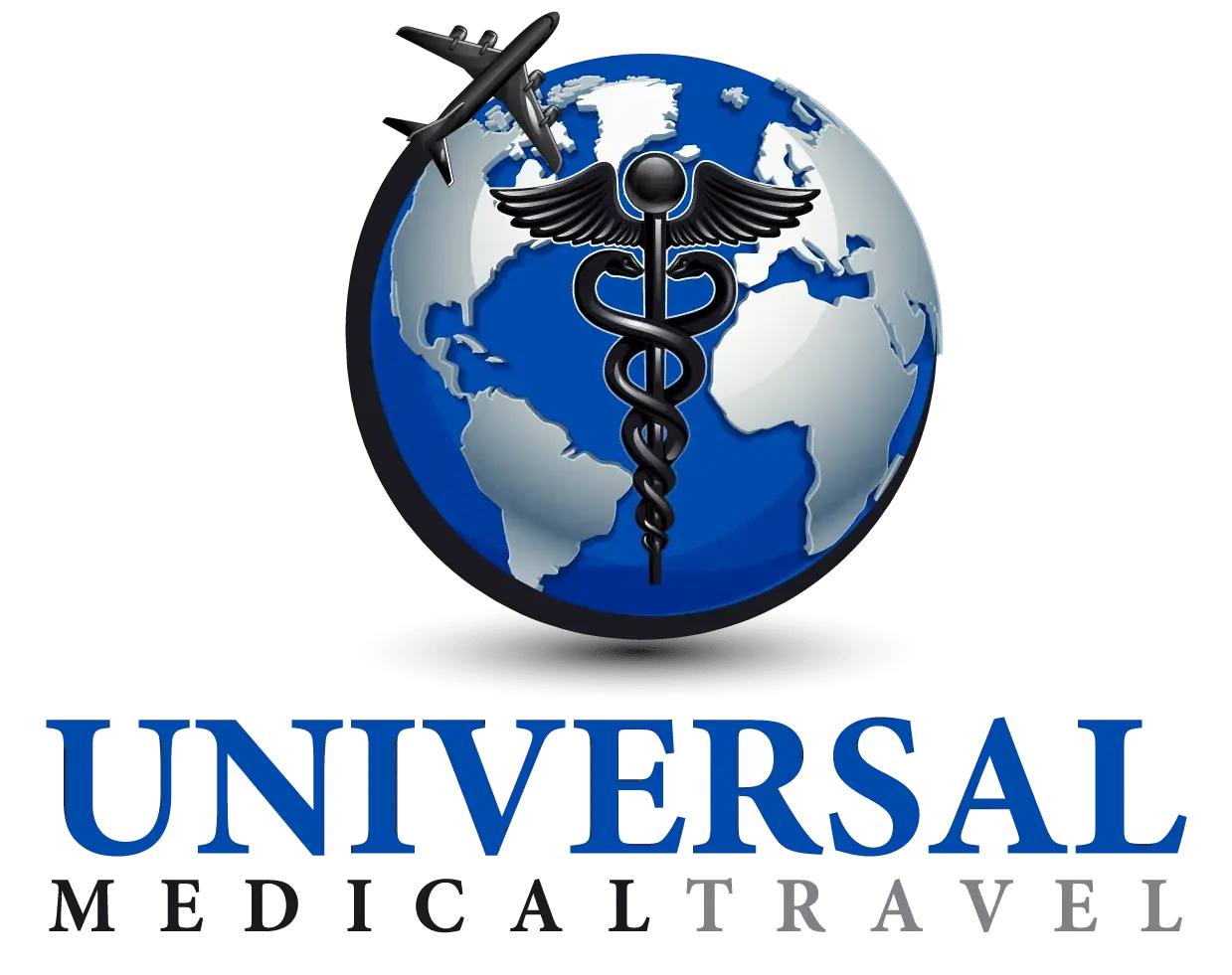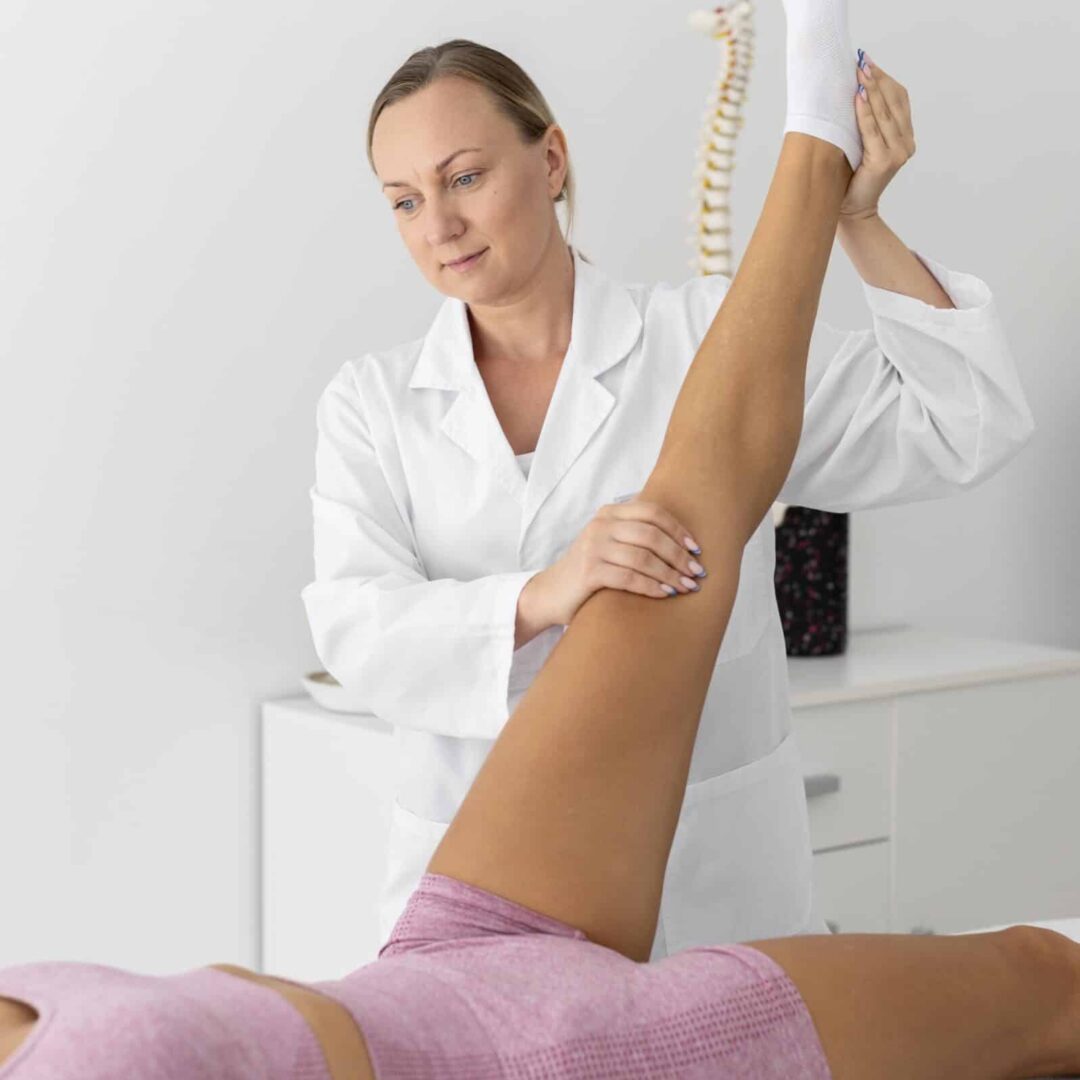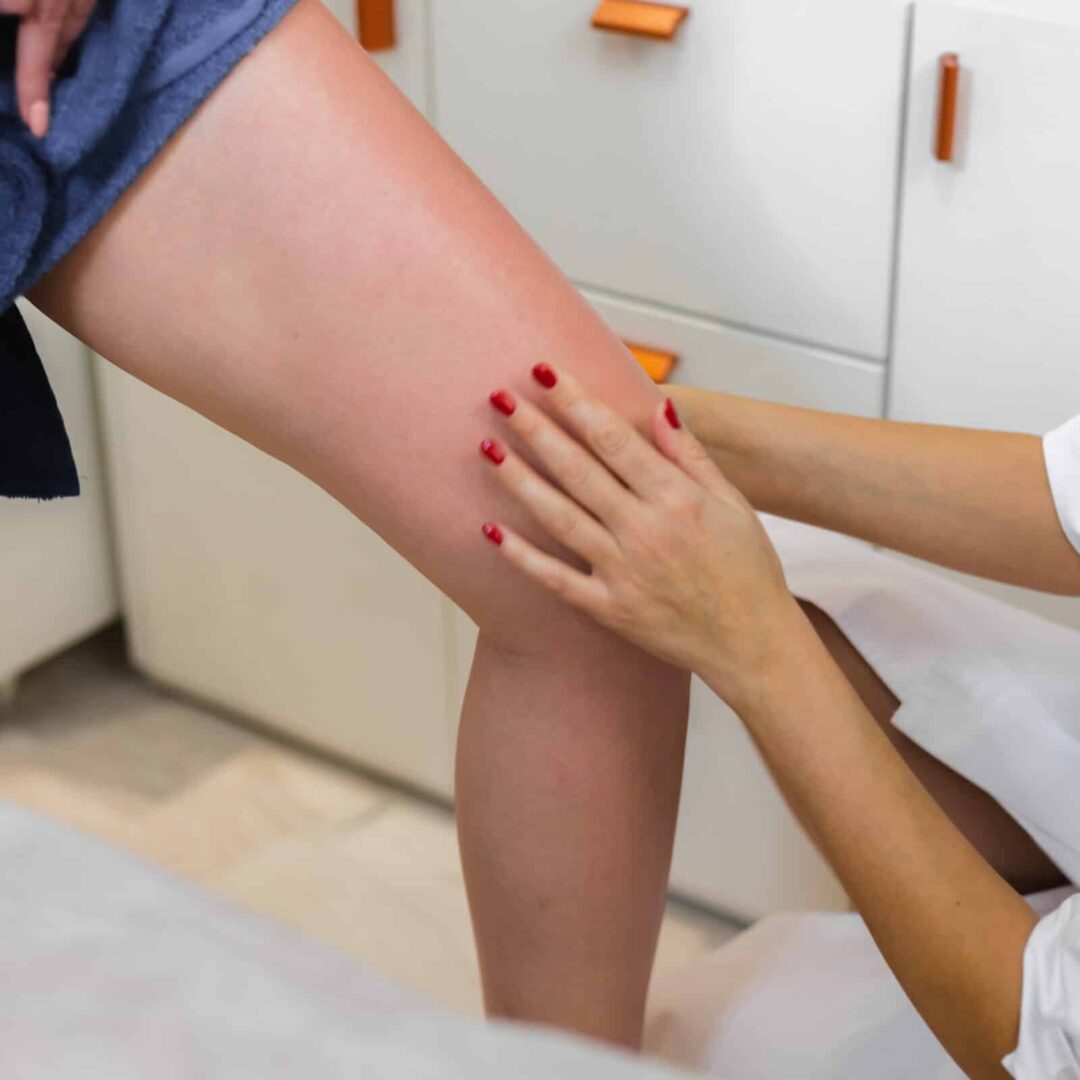Limb lengthening surgery in South Korea Cost is a highly specialized medical procedure that can increase a person’s height or correct leg length discrepancies. South Korea has established itself as one of the top destinations for this surgery due to its advanced medical technology, skilled surgeons, and competitive pricing. This blog will explore the costs, types of procedures, additional costs, reasons to choose South Korea, cultural and ethical considerations, and visa information, ensuring you have a complete understanding of what to expect.
Limb Lengthening Surgery in South Korea Overview
South Korea has gained a reputation for its cutting-edge healthcare system, particularly in cosmetic and reconstructive surgeries. The country offers world-class medical services for limb lengthening, a procedure that not only attracts local patients but also draws international visitors. Whether you are seeking height enhancement for cosmetic reasons or correction for medical issues, South Korea offers top-tier facilities and expertise.
What Is Limb Lengthening Surgery?
Limb lengthening surgery involves a series of complex procedures that gradually extend the bones in the legs. The process uses specialized devices that slowly pull apart the bone segments, allowing new bone tissue to grow in between. This procedure is often sought for height enhancement or to address congenital or post-traumatic limb deformities.
Cost of Limb Lengthening Surgery in South Korea
Limb lengthening surgery in South Korea can be quite costly, but the prices remain competitive compared to countries such as the U.S. or Europe. Here’s a breakdown of the expected expenses:
- Per Leg Cost: The cost ranges from $30,000 to $60,000 per leg, depending on the method and clinic.
- Internal Lengthening (PRECICE): This advanced method costs between $45,000 and $60,000 per leg and involves the use of internal devices that are controlled externally through a magnetic system.
- External Lengthening (Ilizarov): This traditional method costs between $30,000 and $45,000 per leg and uses an external fixation device for bone lengthening.
- Combined Internal and External Method: This hybrid approach typically costs between $50,000 and $70,000 per leg and allows for more flexibility in treatment.
Table of Limb Lengthening Treatment Types in South Korea
| Treatment Type | Cost Range (per leg) |
|---|---|
| Internal Lengthening (PRECICE) | $45,000 – $60,000 |
| External Lengthening (Ilizarov) | $30,000 – $45,000 |
| Combined Internal + External Method | $50,000 – $70,000 |
The choice of method depends on the patient’s individual needs, surgeon’s recommendation, and personal preferences for recovery time and post-operative care.
Additional Costs to Consider
Aside from the main surgery fees, patients need to account for several other costs associated with the treatment:
Pre-Surgery Tests
Before undergoing the procedure, you will need to complete various medical tests, such as X-rays, MRIs, blood tests, and initial consultations. These tests can cost between $500 and $1,000.
Physiotherapy
Post-surgery rehabilitation is essential for a successful recovery. Physiotherapy sessions, which help restore mobility and strength, cost between $50 and $100 per session. Multiple sessions over several months are typically required.
Medications and Supplements
During the recovery period, patients will need medications to manage pain, reduce inflammation, and support bone healing. Supplements for bone health are also necessary. These additional medical expenses can add up to $100 to $300 per month.
Follow-Up Appointments
Monitoring your progress after surgery is crucial. Follow-up appointments with your surgeon or doctor may cost between $200 and $500 each, depending on the clinic.
Accommodation and Travel
For international patients, the cost of travel and accommodation in South Korea during the treatment and recovery period should be taken into account. Depending on the length of stay, this could add several thousand dollars to your total expenses.
Reasons to Choose Limb Lengthening Surgery in South Korea
There are several compelling reasons why South Korea is an excellent choice for limb lengthening surgery:
1. World-Class Medical Technology
South Korea is at the forefront of medical innovation, with clinics offering the latest technology in limb lengthening surgery, such as the PRECICE system. This method uses internal magnetic rods that allow for precise, controlled lengthening, minimizing risks and reducing discomfort during recovery.
2. Highly Skilled Surgeons
Surgeons in South Korea are renowned for their expertise in reconstructive surgery. Many have trained internationally and possess extensive experience in limb lengthening, ensuring high success rates and quality outcomes for patients.
3. Competitive Pricing
Although limb lengthening surgery is expensive, the costs in South Korea are often more affordable than in countries like the U.S. or Europe. Patients can access the same level of advanced care for a lower price, making it a cost-effective solution for those seeking this treatment.
4. Comprehensive Care and Support
South Korean clinics offer comprehensive care for international patients, including pre-surgery counseling, post-operative rehabilitation, and continuous monitoring. Many clinics also have concierge services that assist with travel arrangements, accommodations, and translation services.
Cultural and Ethical Considerations in South Korea for Limb Lengthening Surgery
In South Korea, societal norms place a strong emphasis on physical appearance, particularly height. Limb lengthening surgery is often sought by individuals for cosmetic reasons, though it can also serve medical purposes, such as correcting limb discrepancies. Patients should be mindful of their motivations for undergoing the procedure and ensure that they are fully informed about the long-term implications.
Ethical Considerations
Before opting for limb lengthening surgery, it’s essential to understand the potential risks and challenges. The procedure requires a long recovery period and carries some risk of complications, including infection, nerve damage, or bone deformities. Surgeons in South Korea adhere to strict ethical standards and prioritize patient safety, but it’s important for patients to approach the surgery with realistic expectations and a thorough understanding of the recovery process.
Visa Information for Medical Travel to South Korea
International patients traveling to South Korea for limb lengthening surgery will generally need a C-3-3 short-term medical visa. This visa allows for a stay of up to 90 days and can be extended if the medical treatment requires a longer recovery period.
Visa Requirements
To apply for the visa, patients will need the following documents:
- A valid passport
- A letter or official treatment plan from the South Korean clinic confirming the surgery appointment
- Proof of financial capability to cover medical and living expenses during the stay
- Travel insurance
- A completed visa application form
It is advisable to contact the South Korean embassy or consulate in your home country to confirm specific requirements, as visa regulations may vary.
Additional Information on Limb Lengthening Surgery in South Korea
Recovery Timeline
Recovery from limb lengthening surgery is a lengthy and demanding process. After the surgery, the initial healing phase generally lasts 6 to 12 weeks. However, the entire lengthening and bone consolidation process can take up to 6 to 12 months. Patients are often required to remain in South Korea for at least 3 to 6 months for post-operative care, including regular monitoring, physical therapy, and follow-up appointments with the surgeon. The recovery period is crucial to ensure that the bones heal properly and that there are no complications.
Physiotherapy and Rehabilitation
Physiotherapy is a critical part of the recovery process after limb lengthening surgery. Patients typically start therapy within the first few weeks post-surgery to help regain strength and mobility in the legs. Regular physiotherapy sessions are required to stretch muscles, tendons, and joints as the bones grow. These sessions may be needed for several months and could continue even after the patient returns to their home country. The cost for physiotherapy in South Korea ranges between $50 and $100 per session.
Post-Surgery Care and Medications
During recovery, patients will need various medications to manage pain, reduce inflammation, and support bone healing. Painkillers, anti-inflammatories, and bone supplements are commonly prescribed. Patients may also need antibiotics to prevent infections, particularly if an external fixator is used. The cost of these medications typically adds up to $100 to $300 per month during the recovery period.
Psychological Considerations
Undergoing limb lengthening surgery can be emotionally challenging due to the long recovery period, physical limitations, and potential complications. Clinics in South Korea often provide psychological support to help patients cope with these challenges. Emotional and mental well-being are crucial for a successful recovery, so many patients benefit from counseling or therapy during this time.
Potential Complications
Like any major surgery, limb lengthening comes with risks. Possible complications include infections, nerve damage, joint stiffness, muscle weakness, and bone deformities. Choosing a skilled surgeon with extensive experience in limb lengthening can help minimize these risks. However, it is important to follow post-operative instructions carefully and attend all follow-up appointments to detect and address any issues early.
Long-Term Impact on Mobility
While most patients eventually regain full mobility after limb lengthening surgery, the procedure can have long-term effects on gait and muscle strength. Patients may experience some stiffness or discomfort in the joints, especially if they do not adhere strictly to their physiotherapy regimen. However, with proper rehabilitation, most patients achieve a normal walking gait and improved quality of life.
Language and Cultural Support for International Patients
For international patients, language can be a concern when seeking medical treatment abroad. In South Korea, most top clinics have English-speaking staff and provide translation services to ensure smooth communication throughout the treatment process. Additionally, many clinics offer concierge services that assist with travel, accommodation, and other logistics, making the experience more comfortable for international patients.
Conclusion
Limb lengthening surgery in South Korea offers a blend of advanced medical technology, experienced surgeons, and competitive pricing, making it a leading destination for this life-changing procedure. While the recovery process is long and requires dedication, the availability of top-tier care, comprehensive post-surgical support, and cultural sensitivity ensures that patients can undergo this complex surgery with confidence. For those seeking to improve their height or correct leg length discrepancies, South Korea remains a premier choice in global medical tourism.



